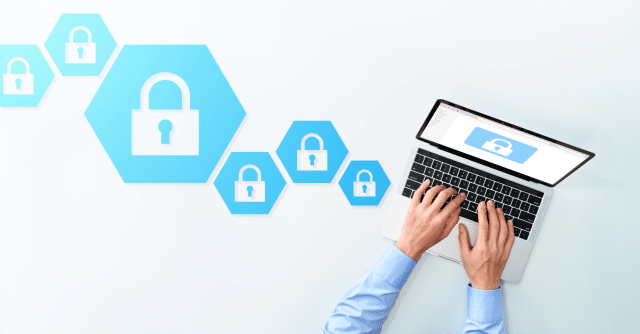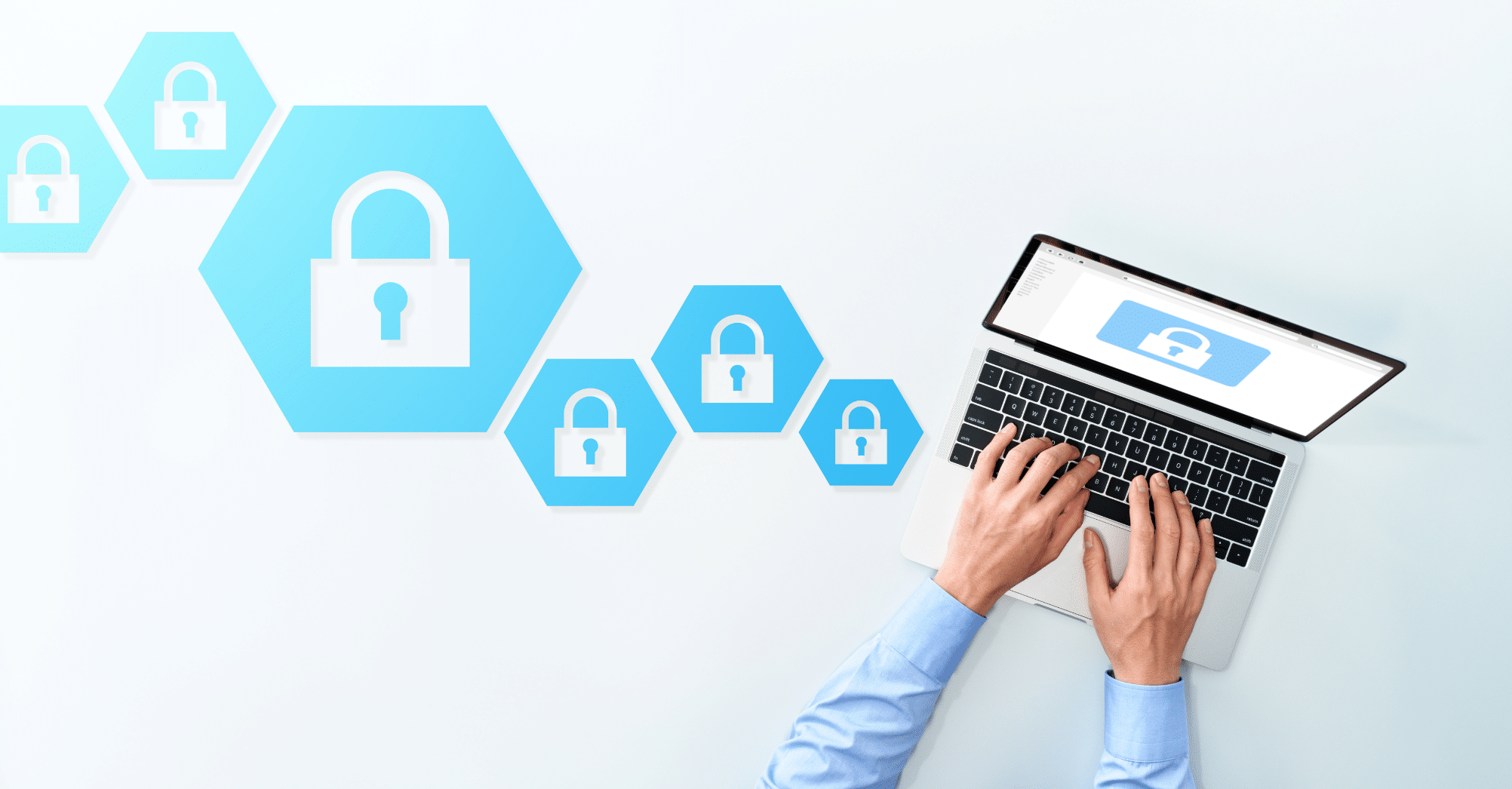When you’re at a hospital or clinic, all of the healthcare technology you could possibly need is at your practitioner’s fingertips. But if you’re receiving medical assistance at home, caregivers need to modify their services for a whole new environment.
The good news is, technological breakthroughs in the home care industry have made it easier to bridge the service gap. From virtual doctor’s visits to remote monitoring, the in-home healthcare landscape has advanced in leaps and bounds.
That being said, there are certain challenges associated with implementing these new technologies. Here’s what agencies need to know as they embark on – or continue – their digital transformation.
Technology Adoption in Home Healthcare
Home healthcare providers are incorporating lots of different technologies to enhance patient care, streamline processes, and improve overall efficiency. These new approaches are already transforming at-home care, and what’s more, new innovations are constantly hitting the market.
Current Technology Advancements
- Remote patient monitoring (RPM)
In a traditional care setting, patients are often hooked up to a number of different machines, which deliver essential information to doctors and nurses in real time. Remote patient monitoring, on the other hand, is a telehealth service that keeps track of health data and vital signs from a distance. Especially for individuals with chronic conditions or mobility issues, RPM is a great way to receive fast and personalized care without having to make frequent visits to a physical clinic. - Mobile apps
Need to keep caregivers organized and streamline access to patient information? There’s an app for that! Instead of playing telephone tag or relying on physical documentation, mobile apps are a connection point between providers and patients. They act as a central hub for everything from booking appointments to managing medication and logging details during at-home visits. - Telehealth platforms
Video-enabled appointments truly bring the doctor’s office to your home. By logging into a telehealth portal, patients can chat with a healthcare professional in real time without having to leave the comfort of home. Especially when a patient feels confused about their situation or needs to describe an issue in great detail, there’s no substitute for a face-to-face visit with a doctor – and telehealth platforms make it possible in a home care environment. - Electronic Health Records (EHR)
Understanding each patient’s health journey is key to providing excellent care, and their records are a gateway to that essential information. While hard-copy records are usually stored at a hospital or clinic, EHRs are accessible anywhere – including at home – to ensure seamless continuity of care. Home care practitioners use EHR to access comprehensive information about a patient’s medical history, including current and previous conditions, medications, allergies, test results, treatment plans, and more. - Electronic Visit Verification (EVV)
Keeping stakeholders on the same page is a must when it comes to home healthcare, and EVV is the ultimate accountability feature. Using a computer or telephone, EVV tracks interactions between home care providers and their clients, including work performed, hours spent with each patient, and location information.
Challenges of Home Healthcare Providers
While these technologies are certainly powerful, it’s not always easy to adopt new systems outside of a traditional environment. Dispersed and remote team’s can’t simply walk up to a colleague and ask for assistance or guidance. Here are a few of the most common issues faced by home healthcare providers as they implement these innovations.
- Financial allocation
No matter the industry, purchasing and implementing new technologies can require a significant upfront investment; price is often a major barrier for organizations that are considering taking the leap. Home healthcare agencies may struggle to allocate funds for purchasing the necessary hardware, software, and training resources for staff. - Lack of IT infrastructure
In a similar vein, acquiring and implementing the IT infrastructure required to support these technologies requires a financial investment. If a home care organization has yet to digitize their processes, it’s more than likely they will need to upgrade their current systems. Agencies must also factor in recurring costs for infrastructure maintenance and upkeep. - Resistance to change
There’s a reason why change management is an industry all its own. Change doesn’t always come easily, especially when it’s rolling out across multiple departments and involving hundreds (if not thousands) of stakeholders. Some individuals might not want to spend time and energy learning something new, and others who are less tech-savvy may run into trouble. - Data privacy and security
Keeping patient information secure and confidential is a top concern for healthcare providers of all kinds – it’s the reason why standards like HIPAA exist. Since patient records are accessed remotely in a home care environment, it’s even more important to ensure the right people – and only the right people – can get ahold of these files. When using mobile devices, proper data encryption is also a must.
Solutions to Overcome Technology Barriers
Approaching the above mentioned challenges with a strategic plan is key for a successful rollout. Here are a few pillars providers can employ to overcome the most common barriers to adoption.
- Training programs
When preparing to implement a new technology, educate your team early and consistently. Demonstrating the value they can derive from this updated system is one of the best ways to boost adoption and satisfaction. - Software providers
Partnering with a turnkey software provider like AxisCare takes all the guesswork out of the process. We have worked with countless agencies to successfully implement home care systems that both patients and employees are happy to use. - Change management
We touched on the topic of change management firms earlier in the blog. These specialists exist to help guide organizations through complex transitions. Agencies can also adopt best practices including building a dedicated change management team, empowering leadership as champions of change, and launching smaller pilot programs or beta tests to start. - Data security
Airtight data security measures for home healthcare agencies include frequent backups, training for employees, robust encryption, and establishing access controls governing who can view or edit various information.
Personalize Your Homecare With AxisCare
Technology empowers home care providers to deliver better, more timely, more customized service to their patients. Looking for a partner that will make the process easy for you? Get started with AxisCare.











